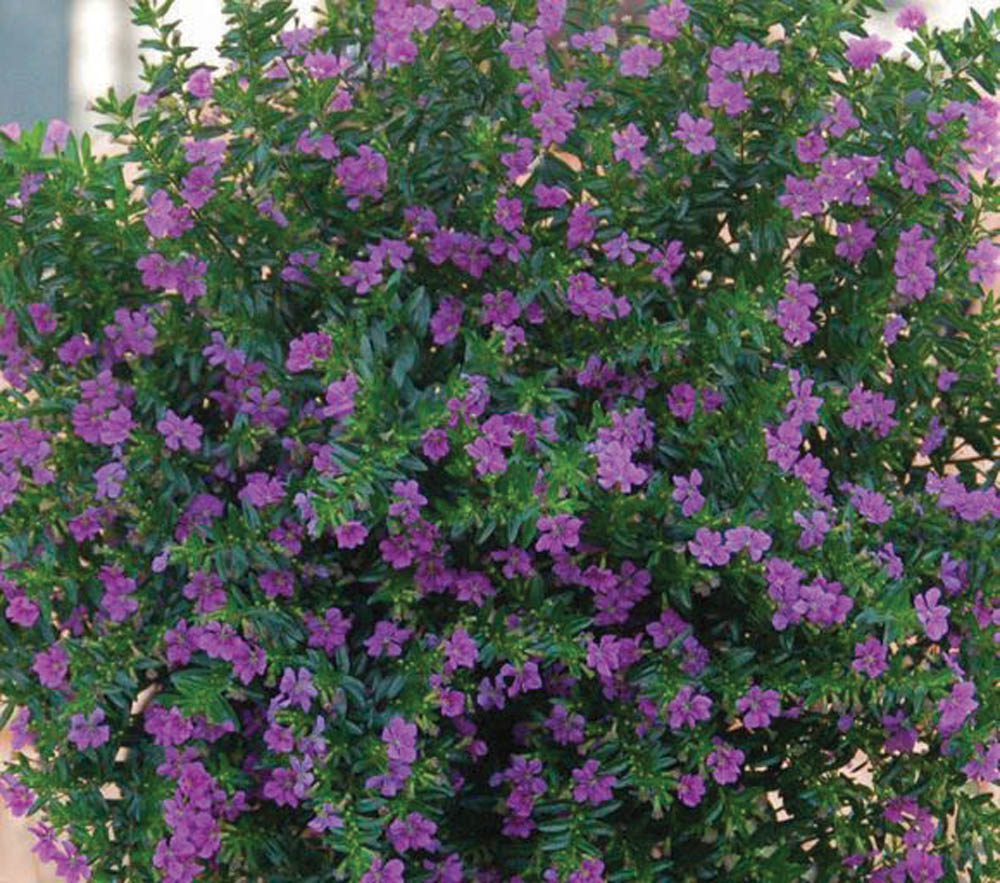Most plants used in our outdoor gardens are grown from seed, and in many cases, these seeds are planted indoors in early spring to produce good-size seedlings by planting-out time. There are many plants, however, which are grown from cuttings (or what some gardeners refer to as slips) rather than seeds. It may be that the plants are hybrids, which will not come true from seed, or they may indeed be sterile.
For the home gardener, slips are often a quick and inexpensive way to propagate favourite plants. The parent plants that have been sitting on the windowsill throughout the winter are, by late winter, becoming tall and overgrown. They need to be cut back so that the plants will not be overly tall and floppy when the time comes to plant them outdoors. From the process of cutting back these plants, a pile of plant pieces (slips) results, and many gardeners cannot bear to throw them out so they become cuttings used for propagation.
Read Also

Manitoba data in on Maizex canola hybrids
Maizex Seeds has two new canola hybrids for western Canadian farmers to plant for the 2026 crop. The latest Manitoba trial data is in on the new varieties.
Whether it is geraniums, ivies of all types, streptocarpella, fibrous begonias, tradescantia, or some of the various members of the Swedish ivy family, these cuttings can be planted to produce new plants for the outdoor garden. The best cuttings are terminal shoots that are about 15 cm long, although this recommendation can vary depending on the plant. Most slips will benefit from being left exposed to the air for a few hours to allow the cuts to callous over somewhat before they are planted. Be careful doing this, however, as you don’t want the slips to wilt and collapse. If you see them beginning to wilt, plant them immediately.
Prevent pathogens from attacking the slips while they are rooting by using a sterile planting medium and sanitized tools, and be careful not to cross-contaminate. After the slips are planted in the sterile planting mix, provide the container with warm temperatures and bright, indirect light. Don’t place the container in direct sun as the slips will not be able to withstand its strong rays. Enclosing the container inside a plastic bag reduces dehydration but increases the possibility of rot by increasing the humidity levels around the slips. Keep the planting medium damp but not overly wet and do not fertilize.
A light garden is an ideal location for the container of slips as the fluorescent tubes provide both bright light and adequate heat. A windowsill might not be the best location since the planting medium may become chilled in such a cool location. The rooting process takes anywhere from a couple of weeks to over a month, depending on the plant. Some plants, such as coleus, German ivy and tradescantia, will root readily in water and need not be planted in a planting medium. Some people have success rooting other plants, such as geraniums, in water, but I have better luck using a soilless mix.
To determine if roots have formed, slip the whole root ball out of the container to see if roots are visible. Generally, if you tug gently on a slip and it won’t budge, then it is rooted. The rooted cuttings can then be potted individually and grown on until you are ready to use them. Feed and water the plants regularly and give each kind of plant the appropriate amount of light. The slips you took earlier will have provided you with a wealth of new plants to use in your outdoor garden.














